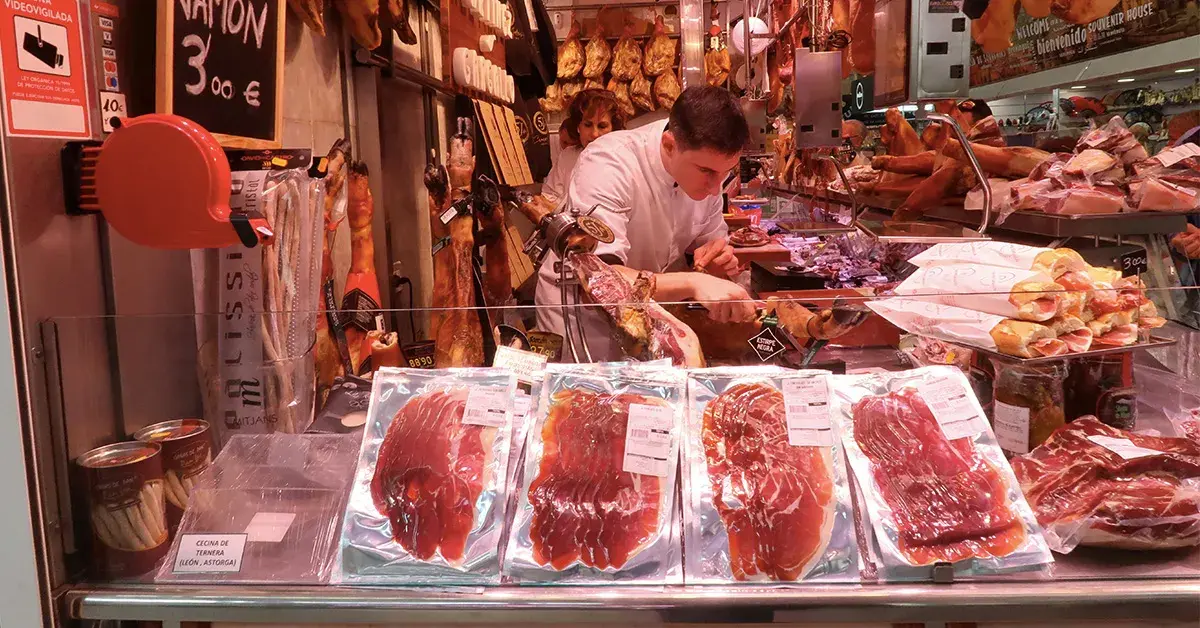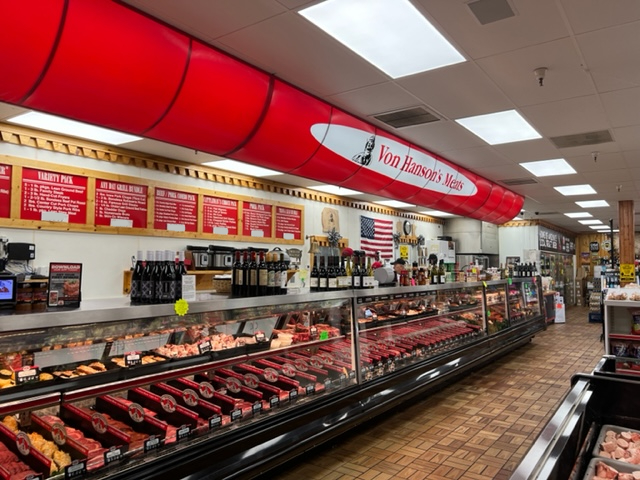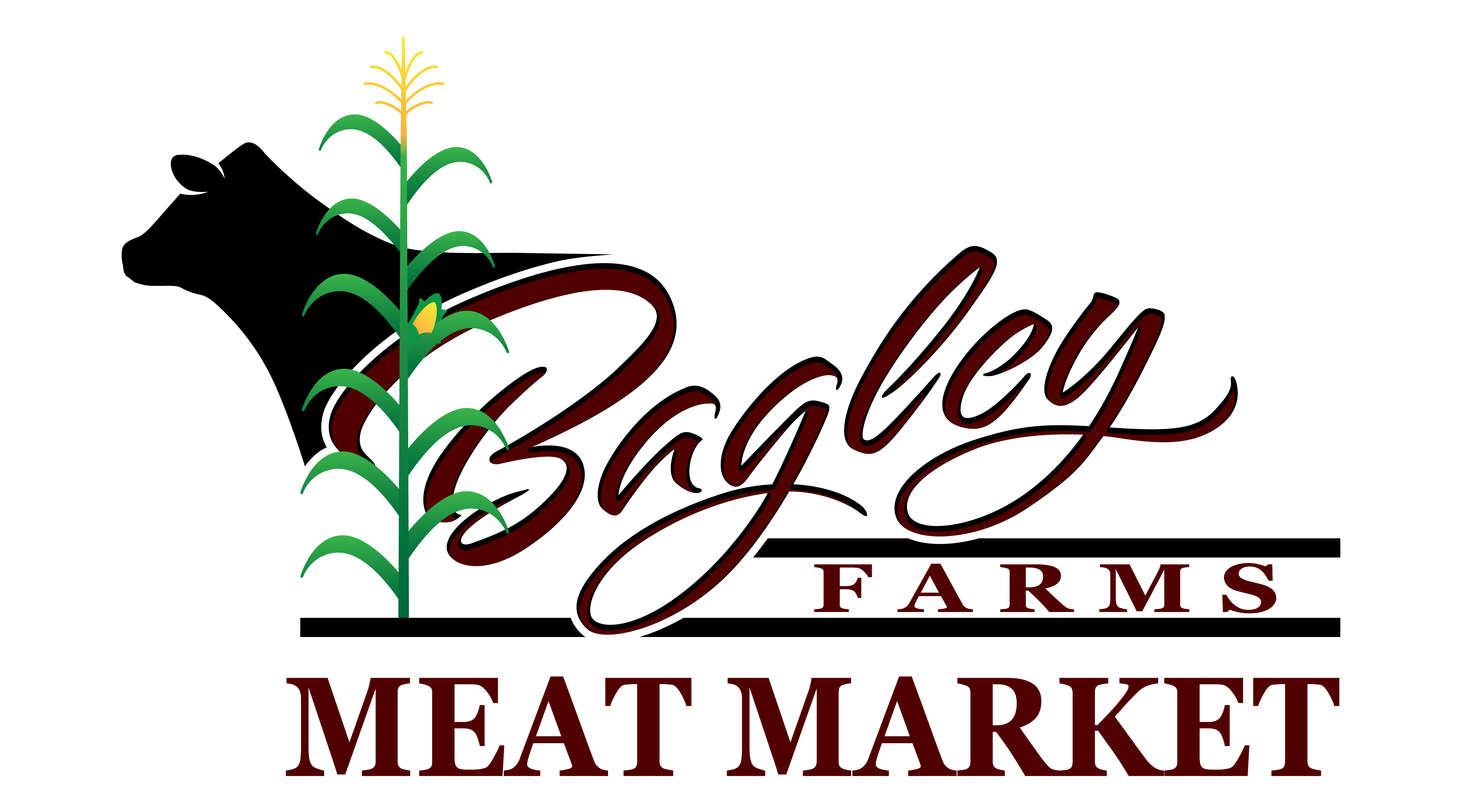Bagley Farms Meat Market Edwardsville IL: Your Relied On Source for High-Quality Meats
Bagley Farms Meat Market Edwardsville IL: Your Relied On Source for High-Quality Meats
Blog Article
Uncover the Art of the Butcher's Cut in a Modern Meat Market
In the ever-evolving landscape of modern meat markets, the butcher's cut has actually transcended its traditional origins, combining olden workmanship with contemporary practices. What truly establishes the modern-day butcher apart is their ability to create a much deeper link in between consumers and the beginnings of their meat.
Advancement of Butchery Techniques

The mid-20th century saw butchery methods further refined by scientific insights into muscle mass biology and meat aging, boosting both inflammation and preference. Developments like vacuum packaging and refrigeration prolonged item shelf-life, permitting butchers to expand offerings and boost quality assurance. This period also marked the surge of specialized equipment, such as band saws and meat slicers, which boosted accuracy and performance in meat handling.
Digital systems now aid in tracking pet provenance and enhancing cuts to satisfy specific client preferences. Additionally, a rebirth in artisanal butchery has actually emerged, blending standard abilities with modern expertise to provide to customers looking for moral and lasting meat choices.

Understanding Meat Cuts

Comprehending the complexities of meat cuts is essential for both butchers and consumers looking for top quality and value. For butchers, precise cuts mirror skill and respect for the craft, making certain minimal waste and optimum return.
The primary groups of meat cuts consist of primal, sub-primal, and retail cuts. Primal cuts, such as the loin, rib, and chuck, are the large sections originally divided from the carcass. Butchers after that break these down additionally into sub-primal cuts, prior to lastly generating retail cuts offered to consumers, like ribeye or tenderloin. Each phase calls for cautious attention to anatomical framework and muscle mass structure.
Comprehending muscular tissue composition is vital; muscle mass utilized extra often by the pet tend to be harder and are best fit for slow-moving food preparation approaches, while less-used muscles, like those found in the loin, are a lot more tender and suitable for barbecuing or roasting. Knowledge with these distinctions encourages consumers to make enlightened choices, improving their culinary ventures.
Picking Quality Meat
Choosing the best meat involves more than just selecting a visually appealing piece from the display. The art of selecting top quality meat needs a discerning eye and expertise of particular features that indicate freshness and quality. Pay focus to the shade; beef must have a bright, cherry-red hue, while lamb should display a soft pink tone, and pork a pale pink. This indicates the meat is fresh and hasn't been revealed to oxygen for too lengthy.
Second of all, consider the marbling, which refers to the white flecks of fat within the muscular tissue. Appropriate marbling is a key indicator of inflammation and taste, as it melts during cooking, improving the meat's juiciness. Remember, higher marbling often correlates with premium quality cuts, such as USDA Prime.
Texture is one more vital factor; meat must feel solid to the touch, not slimed or extremely soft. Additionally, bear in mind the scent. Fresh meat must have a clean, neutral odor, without any sour or off-putting smells.
Pairing Cuts With Cooking Techniques
Effectively combining cuts of meat with the suitable cooking methods is essential for attaining optimal taste and texture. These techniques boost the meat's natural tastes and guarantee a juicy coating.
On the other hand, harder cuts like brisket site web and chuck roast are rich in collagen, which breaks down into jelly when cooked slowly. These cuts are perfect for braising or slow roasting, enabling the meat to soften in time and create deep, intricate tastes. Cuts such as short ribs and pork shoulder fare well with slow-cooking approaches, where extended cooking times change their robust textures right into succulent meals.
Lamb shanks and oxtail, which call for prolonged cooking to soften, are excellent candidates for cooking or slow-moving simmering. These techniques coax out rich, hearty tastes while maintaining dampness. By recognizing the special qualities of each cut, chefs and home cooks alike can boost their culinary productions, making sure each recipe is both satisfying and memorable.
The Butcher's Role Today
Browsing the advancing landscape of the contemporary meat market, the butcher's great site role today expands past mere preparation of cuts. Contemporary butchers are culinary artisans, educators, and supporters for sustainable methods. They link the void in between the ranch and the fork by making certain ethical sourcing, recognizing animal husbandry, and focusing on transparency in the supply chain. This change reflects the growing customer demand for quality over amount, where provenance and animal well-being are extremely important.
In addition to crafting precise cuts, butchers currently engage directly with clients, supplying cooking advice and customizing selections to fit specific requirements and choices. Their know-how in meat aging, marbling, and taste profiles empowers consumers to make educated decisions, enhancing their culinary experiences. This tailored solution exhibits the butcher's progressing duty as a relied on advisor in the kitchen area.
Additionally, butchers are pivotal in minimizing waste, making use of entire animals to create diverse products such as sausages and supplies - bagley farms meat market edwardsville il. This thorough method not just respects the pet however likewise aligns with modern sustainability goals. This way, the modern-day butcher embodies both custom and technology, Continue adapting to an ever-changing market while preserving the virtuosity and honesty of their craft

Conclusion
Proficiency in understanding diverse meat cuts and high quality indicators empowers butchers to provide informed referrals, straightening specific cuts with ideal food preparation techniques. By honoring historic practices while welcoming contemporary demands, the butcher's duty continues to be vital in today's advanced meat market.
Report this page